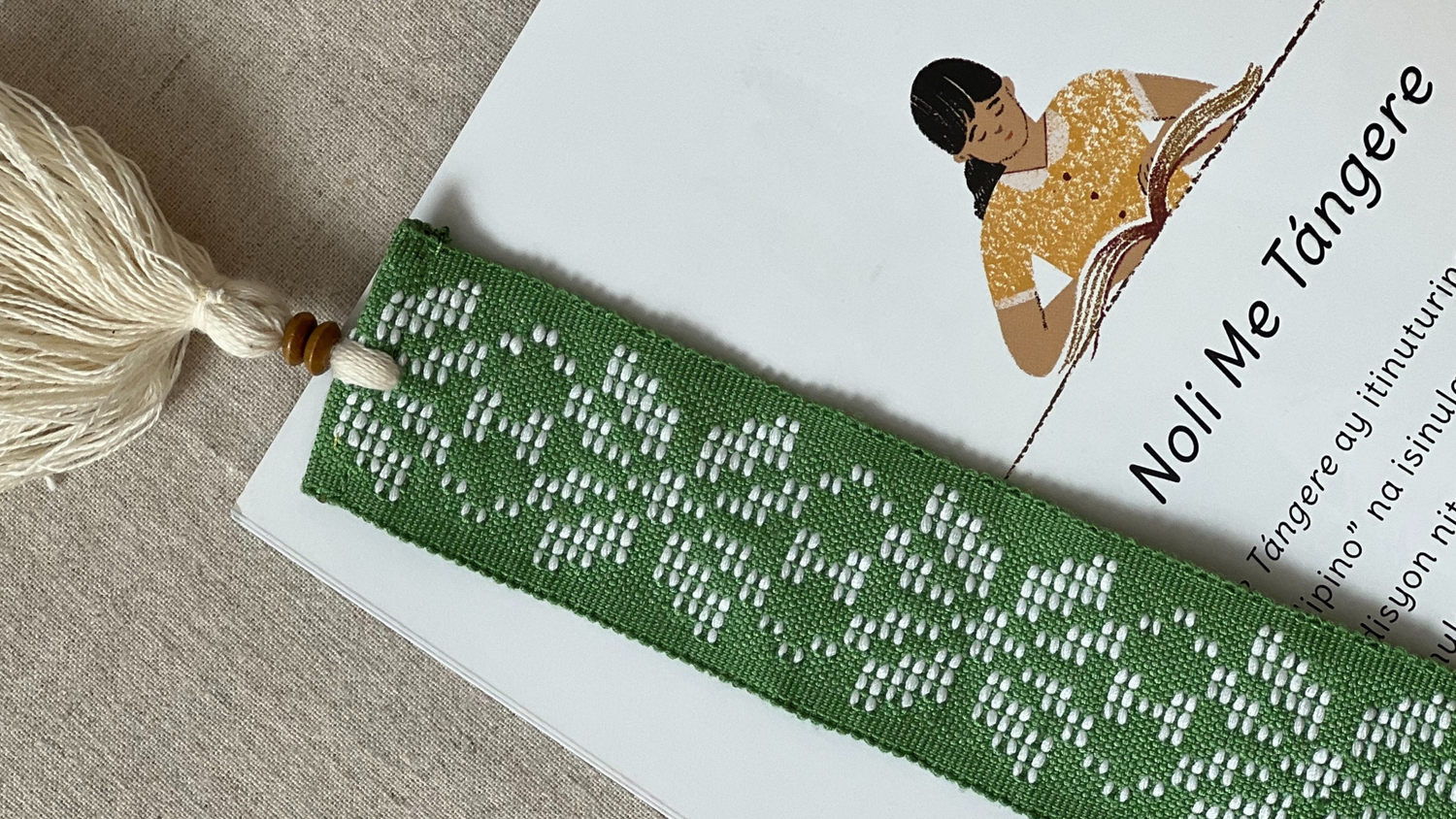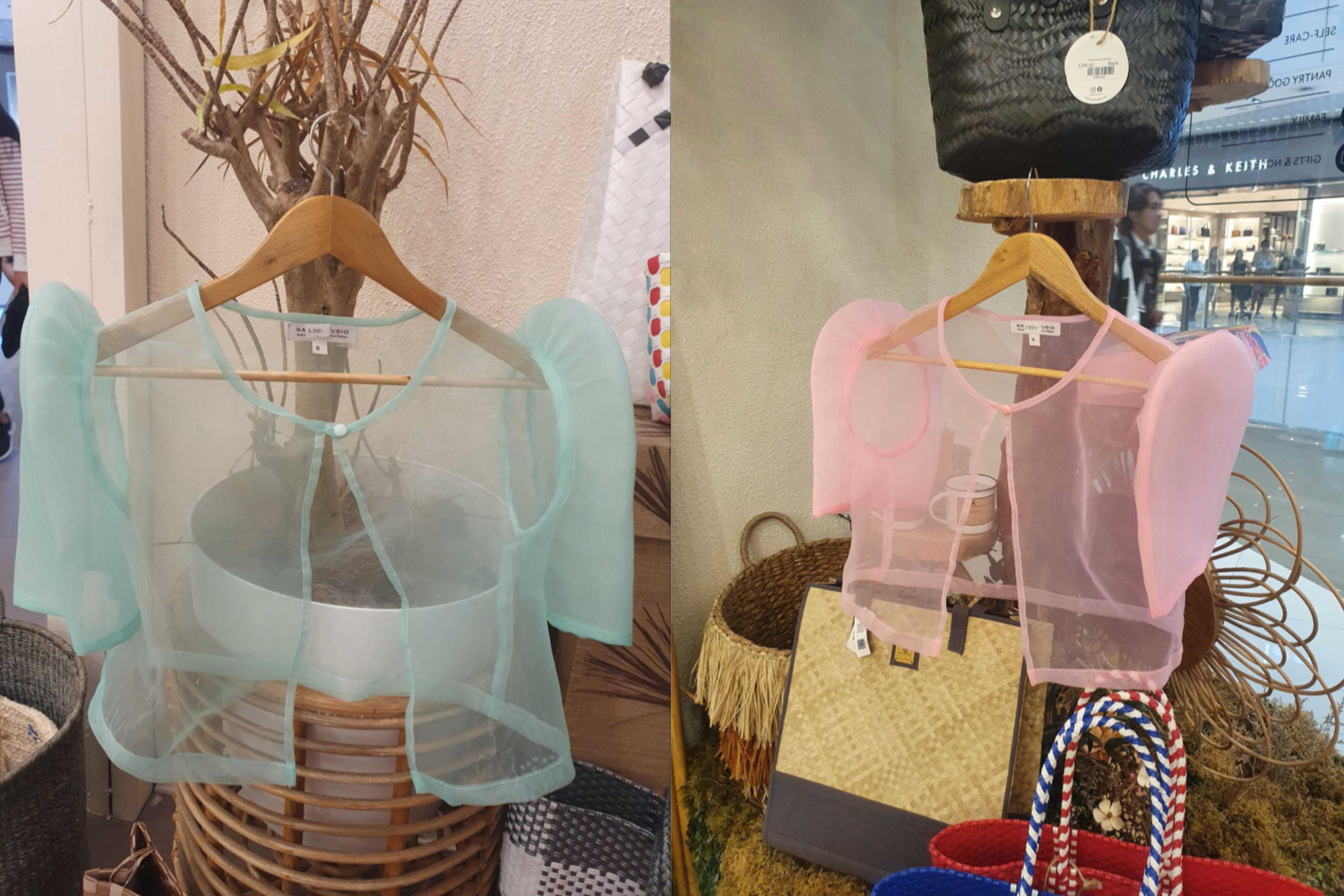The Tboli people of the Philippines are not only known for their artful t’nalak weaves and other textiles made on their weaving looms; they are also held in high regard for their exquisite accessories and objects made of brass, such as bells, rings, necklaces, belts, and bangles.
 Tboli Brass Artisan and Elder, Sir Bundos Fara
Tboli Brass Artisan and Elder, Sir Bundos Fara
The Tboli’s brass casting tradition, which they call kem tau temwel, is another time-honored tradition that requires skill and mastery. Children learn the basics from parents or from older brass casters or brass smiths (the tau temwel) but are only allowed to handle the casting equipment when they turn 15 years of age. This is because the equipment not only is heavy, it is also dangerous to work with fire and molten brass, which can cause injury when mishandled.
The traditional Tboli brass casting method involves several steps, tools, and materials. There’s clay, which is dug from the earth. The clay will become the mold for the final product. The brass maker also uses beeswax, which is collected from the forest and is shaped into the form of the brass object. Then there’s the brass itself, which is obtained from a metalsmith or a metal shop.
The brass caster first forms the beeswax into the shape of the object and covers it with clay. The clay is then placed in a fire pit where it hardens (modern methods make use of a small blowtorch to harden the clay).
Next, the brass is melted and carefully poured into the clay mold. The hot liquid melts the beeswax inside, allowing the brass to take up the space and form into shape. The brass caster lets the brass solidify. The clay mold is allowed to cool, with the brass caster submerging it in water for a few minutes.
 Liquid brass is poured into the mold.
Liquid brass is poured into the mold.
Once the clay mold has cooled down, the brass caster cracks it open with a hammer to reveal the newly cast brass object inside. The brass maker then uses other hand tools to remove the remaining clay from the brass surface and to cut bangles apart. The bell, necklace, or bangle is then polished to perfection.
 The bracelets are removed from the clay mold.
The bracelets are removed from the clay mold.

Released from their mold, the bracelets are ready to be cut and polished.
The result? A finely crafted brass piece that is truly stunning and unique. Indeed, no two Tboli brass pieces are exactly identical, even if they’re made by the same artisan!
 Tboli Bangles
Tboli Bangles
NARRA celebrates Tboli culture and craftsmanship by offering original brass creations by Bundos Fara, an elder in Tboli brasscasting. Our Tboli bangles are meticulously handcrafted and can be customized with the ancient Baybayin script.
Photo credits:
Images are stills from the video “Tboli Brass Makers of Lake Sebu, Philippines” by Snipster TV that is available to watch here: https://www.youtube.com/watch?v=a-dZQ6RWMsQ
Sources and Additional Reading:
https://lifestyle.inquirer.net/309683/mind-changing-week-tboli/



 Tboli Brass Artisan and Elder, Sir Bundos Fara
Tboli Brass Artisan and Elder, Sir Bundos Fara Liquid brass is poured into the mold.
Liquid brass is poured into the mold.

 Tboli Bangles
Tboli Bangles

